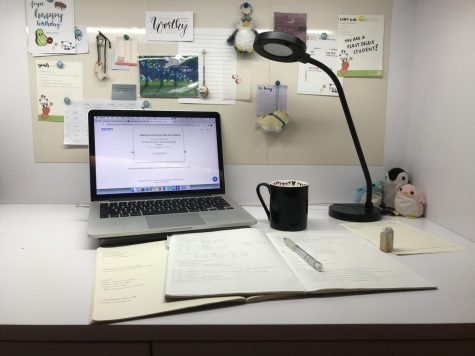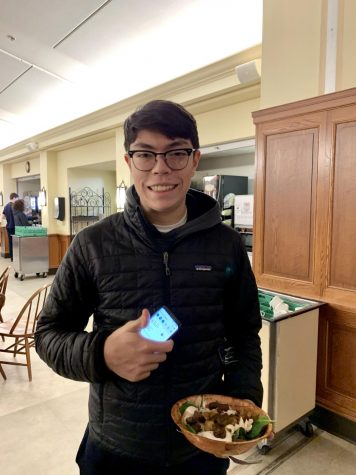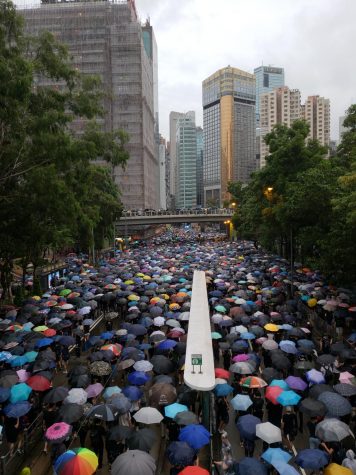Covid Restrictions Cloud Chinese Students’ Plans to Return Home
May 2, 2022
China, one of the few countries currently in the world who is still firm about a “Zero Covid” community, was previously renowned for its low infection rates. The downside of this is its extremely strict policy towards travelers coming to China, even if they are Chinese citizens. Currently, with the CoronaVirus outbreak in China peaking over 700k infection cases, summer return plans for Chinese students are unprecedentedly difficult.
The current travel policy, just updated on April 15th, poses two slightly different regulations based on the traveler’s vaccination’s status. If the passenger is fully vaccinated with an inactive vaccine, such as Sinopharm or Sinovac, both main vaccinations advertised in China, they would first arrive at their designated leaving location and take a nucleic acid rt-PCR test 7 days before the boarding time. Once this process is finished, passengers would have to monitor their health status daily before their departure day and fill a “Personal Health Monitoring Form,” which will be sent to the embassy for review. If results are verified by the embassy, they would issue you a “blue code” proving that you are good to go. Finally, within 24 hours of their departure time, passengers will get their last rt-PCR test. They would later also get an antigen test 12 hours prior to their leave, and will be only allowed to board the plane if they have a blue code and a negative antigen test result. For passengers that are unvaccinated, partially vaccinated, and vaccinated with non-inactive vaccines, such as Pfizer and Modena, they have to take an extra step by take a S protein IgM antibody and N protein IgM antibody test 48 hours prior to their boarding.
The harder part for Chinese students is China’s rules regarding people who have an infection history. To start your process of returning, you have to do two rt-PCR tests within two days, and send your results to the embassy so they would allow you to start your six week self-quarantine process, where you would record your temperature and health condition daily. However, if you develop any symptoms such as fever, cough, or diarrhea, you have to redo and start a 6-week quarantine again. If you are tested positive during your six week process, you will need to wait until you recover and redo the whole process. It is also important to note that different embassies from different areas have slightly different rules, and they can change any time, so you should always be sure to check the embassy website you will be working with.
There are also other burdens of returning for Chinese students, such as extremely high-priced and hard-to-get plane tickets. China only has nine direct flights within the United States, and they are only available months prior to the flight with a common price tag at around 10k US dollars for an economy ticket.
Because of this complex process, many Chinese students are not returning to China during the summer and will instead stay in the United States for their break. Jack Long, a sophomore, says he will try his best to return home. “I had Covid, so I will have to do the long process. I will return later though because then I will have enough time to quarantine.” Jack said. “This process is even harder than Mr. Robey’s physics test, but I guess we have to do what’s required.”
As the situation in China continues to unfold, the road is misty for Chinese students at Kent regarding their plans to return to China. As a Chinese-bound student myself, I share my very own frustration with everyone whose plans to return to China are thwarted by this sophisticated policy, as I myself had just canceled my plans for returning which I have been preparing for a long time. But as Laozi had said, “Life is a series of natural and spontaneous changes. Don’t resist them.” Perhaps as international students studying abroad, this special, though irritating, experience may become an interesting part of our life when we look back at it from the future.






